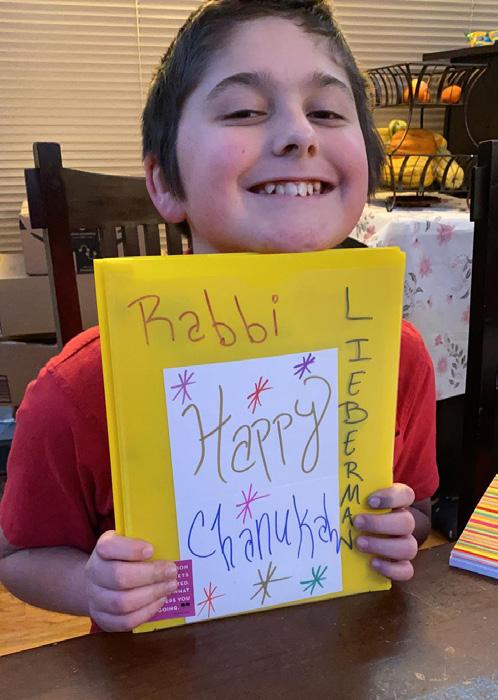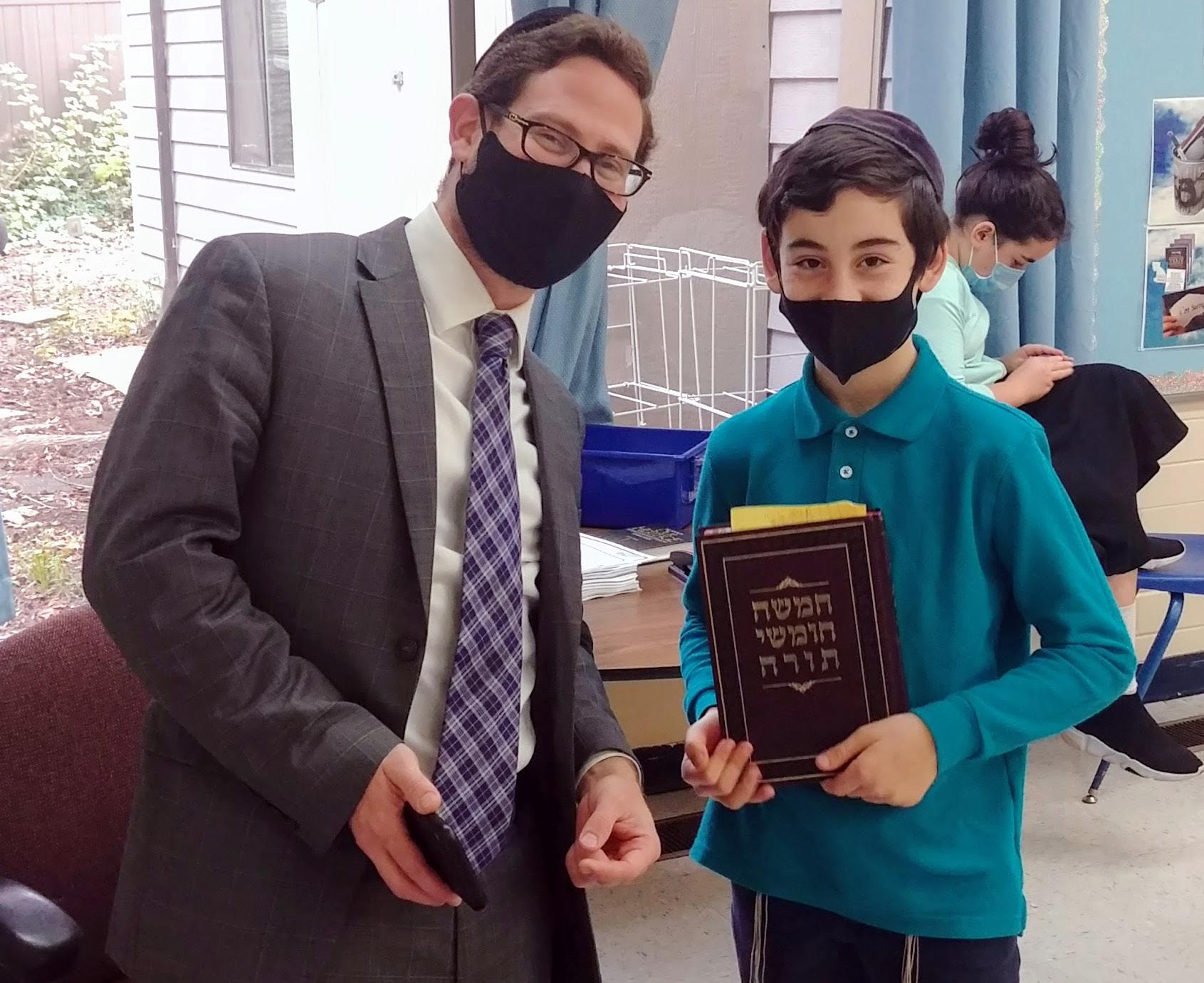
8 minute read
Online and hybrid learning tips for success
By Ilana Lowery
It looks like distance learning is here to stay for a while longer – be it through hybrid instruction, cohorts of students divided into small groups, or a completely off-campus learning experience for kids. Parents and caregivers have many questions about how to make sure students are engaged and benefiting their learning experiences, no matter what they look like. “It’s complicated because schools are trying to make the best decisions with so many factors to consider,” says Victoria Saylor, Arizona regional manager for Common Sense. It is especially complicated for parents who need to work outside the home, and it is equally difficult for educators with the back-and-forth changes for classroom instruction. One of the primary concerns for teachers is students’ lack of adequate devices for learning and access to reliable broadband or Wi-Fi connections. There still are significant challenges for those who do have connectivity and computers, including motivation and students understanding instructions for any asynchronous lessons. A key for a successful hybrid learning experience is for teachers to increase family engagement with clear communication, making sure parents are aware of expectations and where to find the help they or their kids need. Additionally, parents should take advantage of any office hours their child’s teacher has, attend virtual parent/teacher conferences, and stay up to date with emails or texts.
“Staying organized, keeping routines and setting norms/expectations for remote learning is going to be vital,” Saylor says.
Additionally, for teachers, be creative and stay current on the best education technology tools to increase student engagement and consider using breakout rooms for the older students to collaborate, being mindful of their social and emotional well-being.
Some suggestions include Flipgrid, a fun recording tool that can keep kids connected as they respond to a question or lesson. The app is a good way to stay connected and empower students’ voices. There are also student engagement platforms, such as Nearpod and Pear Deck.
“I believe kids of all ages can thrive in a blended learning environment,” Saylor says. In fact, teachers have been doing this for years at their school campuses. A blend of teacher-directed lessons and small group instruction can offer opportunities for collaboration, as well as online activities.
Of course, there will be different models that schools and teachers use depending on students’ needs. Students enrolled in special education classes, for example, must have equal opportunities for learning in any hybrid or blended-learning environment.
Focusing on what needs to get done, doing a really good job at it, finding ways to make learning engaging by using easy and fun ed-tech tools, and being mindful of students’ social and emotional well-being are going to be what helps us get through this,” she says.
“Teachers are being asked to do something that most had never done before and were not trained to do. I think finding a tool that is easy for teachers, students and families to use will make all the difference in how quickly our families will adapt,” Saylor says. Be prepared for things to change continuously; try to be flexible, she adds. One tool parents and educators can use is the free education portal created by Common Sense Media called Wide Open School (wideopenschool.org). The site curates an open collection of online and offline learning experiences and referrals to social and community services for kids and families. The site is intended to keep students learning, engaged, and emotionally strong during the pandemic and beyond, and designed in a flexible and modular fashion to evolve over time.
The site was launched at the start of the pandemic to complement and supplement the solutions that districts and schools are implementing. The content and distribution are coordinated and curated to reflect the very best from leading media and tech companies, education publishers and nonprofits.
Common Sense partnered with more than 75 organizations, including the American Federation of Teachers, Apple Inc., Boys and Girls Club of America, Child Mind Institute, Crisis Text Line, Facing History, Google, Head Start, Khan Academy, LEGO Education, National Geographic, Raising a Reader, Sesame Workshop, Playworks, PBS Learning Media, Scholastic, TIME for Kids, Zoom and more.
From using video to project-based learning, here is a link for great distance-learning tools. For families looking for support in the transition to virtual learning to help their kids think critically and compassionately about what they see online, click here. continued on next page
SPECIAL SECTION: EDUCATION 2021 TIPS FOR PARENTS TO KEEP KIDS MOTIVATED
Common Sense offers these basic techniques to help their kids stay motivated during their online learning time:
THE BASICS:
• PROVIDE structure and routine. Sticking to a schedule provides the stability kids need to keep their eyes on the prize. Plus, it minimizes their instincts to go rogue. When expectations are set, it›s more likely they’ll be met. • ESTABLISH accountability. Maybe you can’t motivate your kid—but their best friend can. Have them schedule daily check-ins over text or social media with a friend. Accountability helps kids realize they’re not alone and gives them a tangible reason to work hard. • INCENTIVIZE. Kids may be motivated by rewards, but you want to make it feel as though they›ve earned their treat (or you’ll end up in a vicious cycle). If they finish one packet, they get a half-hour on the tablet; two packets, 45 minutes; etc. (Screen-time rewards may not be your usual motivation go-to, but we are in unusual times!)
MAKE IT SPECIAL:
• MARK the occasion. Give kids something to look forward to. Plan an (online) family/friend celebration, like a virtual class party or a Zoom dance. Or do a family movie night and let them choose what to watch. • LET them see progress. Use a calendar or other visual aid to mark time so they can see how much they’ve accomplished and how much more there is to go. • DO a related activity. Build upon and extend what they’re learning with a natural connection. If they’re learning about the solar system, let them stay up late and use an astronomy app to map the night sky.
MIX IT UP:
• BE willing to experiment. If a kid struggles with reading a book, turn it into a readaloud or get an audiobook. If math is “too boring,” do the problems on a whiteboard or outside using sidewalk chalk. A change of scenery can do wonders for a kid’s motivation. • BREAK up the day. If you have some control over when they do the work, break things up a little. Let them have a slower-paced morning and do their work after lunch. Agree in advance: “If you take the morning off, you still have to get your schoolwork done before you can play online with your friends later today.” • CHANGE the timing. There›s nothing magical about the hours of 8 am to 3 pm – that’s when we’re all used to school happening. Of course, if your kids are in online classes, you have to accommodate those schedules. But for things like working through a packet of assignments from a teacher, there’s no harm in experimenting with different times of day. Sometimes the change is all it takes.

ADDITIONAL COMMON SENSE MEDIA ARTICLES AND RESOURCES:
Tools to Help Kids Stay Focused During Distance Learning Tips for Using Google Classroom for Distance Learning Best Tools for Virtual and Distance Learning Ilana Lowery is the Arizona director at Common Sense Media. Common Sense Media is a national nonprofit organization based in San Francisco that works to improve the media and education landscape for kids, families and schools. They focus on helping kids, educators and parents thrive in a world of media and technology.

Maayan Torah Day School, a Jewish Day School in Portland, offers a learner-centered style that Enrichment focuses on each student’s needs and progress, creating engaging classrooms and substantive learning for kids in preschool through eighth grade. programs Maayan Torah had implemented some programs to further instill leadership qualities in their students and teachers. Rabbi Shalom Skolnik is part of the Teacher at Maayan Leadership Cohort with Legacy Heritage Foundation for teacher leadership. The Legacy Heritage Instructional Leadership Institute
Torah Day supports Jewish day schools in delivering excellence in the teaching of Judaic studies. It provides high-quality professional learning that inspires teachers, and thus students, to delve deeply and meaningfully into the study of
School our sacred texts. More than 80 day schools across denominations have participated in the Institute’s professional and leadership
By Mala Blomquist programs to elevate their teaching of Tanakh and rabbinics, helping them meet their expectations of excellence for Judaic studies. The Legacy Heritage Teacher Institute is comprised of three tracks of teacher professional development (Jewish text; arts and teacher leadership). Programming offers classroom teachers an opportunity to participate in specially designed educational programs at Hebrew University, Camp Stone, or Brandeis University. The programs share a common goal of raising the quality of instruction and learning through intensive training, mentoring, and developing and implementing of sustainable, replicable, innovative curricula and programs. Rabbi Skolnik is also leading a school-wide program called Konei Olam. This curriculum is geared to students in grades two through four. This series satisfies a systematic study of jurisprudence, philosophy, psychology, religion and sociology; helping young people develop the ability to make informed and reasoned decisions for the public good as citizens of a culturally diverse, interdependent world based on the eternal truths of Torah and mitzvot. Above: Rabbi Shalom Skolnik with a student at Maayan Torah Day School. The students in the middle school grades at Mayan Torah have also been involved with the Legacy Heritage Foundation Better Together program, a schoolbased Jewish intergenerational program that pairs together Left: Better Together young Jews and older Jews for meaningful in-person student Ezekiel Esterman interactions (during non-COVID times). The students prepares a personalized prepared care packages and sent postcards to senior package to be sent by a citizens across the United States. Malky Weisman, Judaic senior participant. enrichment teacher, organized this project.










